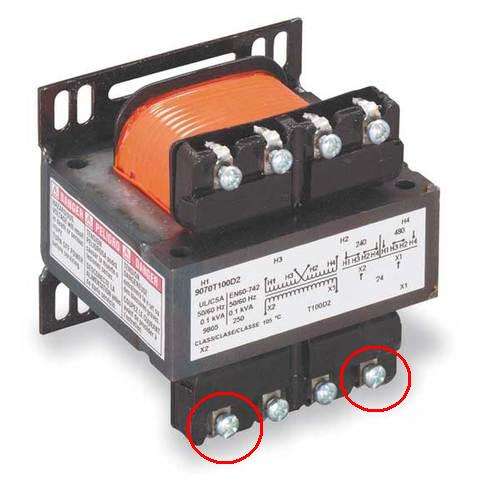RockyMountain
Member
Rocky,
The extra terminals will be on standby if ever needed. None of us have a crystal ball when it comes to potential future switching needs.
mike
That's what I was thinking too. And it looks like I would only save a couple dollars anyway. Thanks!






